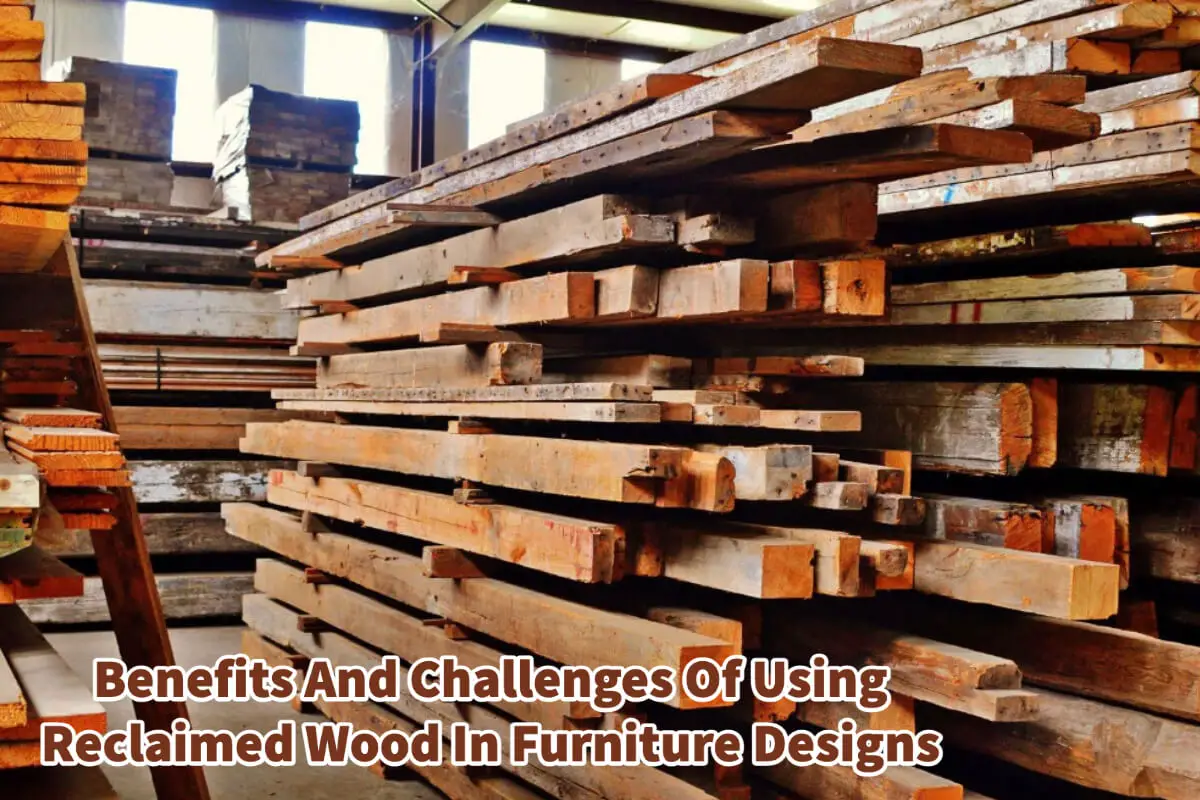The demand for sustainable and eco-friendly products has increased significantly in today’s world, where environmental consciousness is rising. This trend is particularly evident in furniture design, where reclaimed wood has gained immense popularity.
Reclaimed wood offers a unique blend of aesthetic appeal and environmental responsibility, making it an excellent choice for creating eco-friendly furniture. However, as with any material, some challenges and considerations come with using reclaimed wood.
Table of Contents
- What Are Some Benefits And Challenges Of Using Reclaimed Wood?
- How To Overcome Common Issues With Reclaimed Wood?
- Mondoro, Your Trusted Name For Reclaimed Wood Manufacturing
- Related Content
What Are Some Benefits And Challenges Of Using Reclaimed Wood?
There are many unique challenges and benefits to using reclaimed wood. Read on as we will explore what reclaimed wood is, delve into its environmental and aesthetic benefits, discuss certifications and standards to look for, and provide insights on overcoming common issues associated with using reclaimed wood in furniture design.
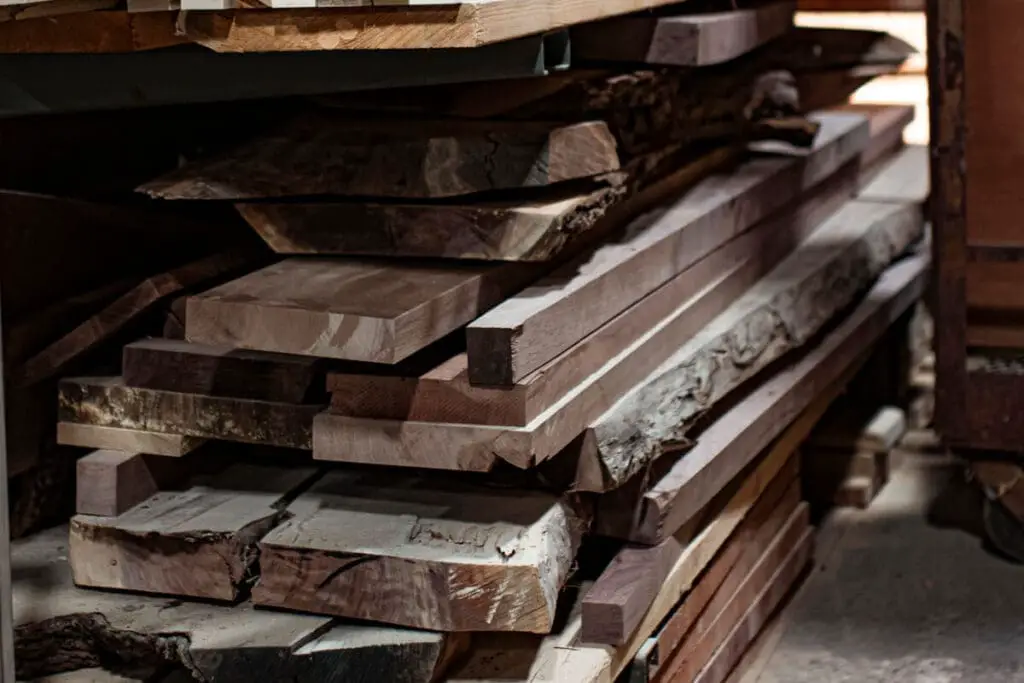
What Is Reclaimed Wood?
Reclaimed wood has been salvaged from old buildings, structures, furniture, and wooden pallets and reused for new purposes. It can come from various sources, such as barns, factories, warehouses, ships, wooden packing palettes, or wine barrels.
Reclaimed wood differs from recycled wood, which has been processed into new products, such as paper or chipboard. Reclaimed wood retains its original form and characteristics, such as grain, color, texture, and knots.
Why Choose Reclaimed Wood For Furniture Design?
Numerous compelling reasons make reclaimed wood an exceptional choice, benefiting both the environment and the overall aesthetic of the furniture.
Reclaimed Wood Is A Sustainable Choice
First and foremost, opting for reclaimed wood is a sustainable decision. By giving new life to old wood that would otherwise end up in landfills or be incinerated, reclaimed wood helps reduce waste and curb deforestation.
The environmental impact of harvesting, transporting, and processing new wood is circumvented, resulting in significant energy and resource savings. By utilizing reclaimed wood, you actively contribute to the conservation of forests and promote a more sustainable future.
Reclaimed Wood Gives Distinct Character And Charm
Beyond its environmental advantages, reclaimed wood brings a distinct character and charm to furniture design. Each piece of reclaimed wood carries a unique history, showcasing its previous use and the passage of time.
The weathered patina, nail holes, and other imperfections tell a story, infusing the furniture with authenticity and nostalgia. Whether you desire a rustic, vintage, industrial, or eclectic style, reclaimed wood adds an element of intrigue and warmth that artificial distressing techniques or finishes cannot replicate.
Reclaimed Wood Is Versatile And Diverse
Moreover, reclaimed wood offers a remarkable range of variety and diversity. It can originate from different wood species, regions, and eras. This allows furniture design to create a captivating mix of textures, colors, and grain patterns.
Whether you prefer the rich hues of aged oak, the weathered charm of barn wood, or the rugged appeal of salvaged pallets, reclaimed wood offers an array of options to suit your design vision.
Reclaimed Wood Creates Statement Pieces
Incorporating reclaimed wood into furniture design creates statement pieces that effortlessly command attention in any room. Reclaimed wood’s inherent authenticity and uniqueness elevate the aesthetics, providing a focal point that captivates and inspires.
Whether it complements a modern and minimalist interior or serves as a striking contrast within a traditional setting, furniture crafted from reclaimed wood becomes a conversation piece in its own right.
The use of reclaimed wood in furniture design offers a multitude of benefits. It contributes to environmental sustainability by reducing waste and preserving forests while providing furniture pieces with character, history, and a distinct aesthetic appeal.
Embracing the authenticity and versatility of reclaimed wood allows you to create furniture that showcases your design sensibilities and reflects your commitment to a greener and more responsible lifestyle.
How To Overcome Common Issues With Reclaimed Wood?
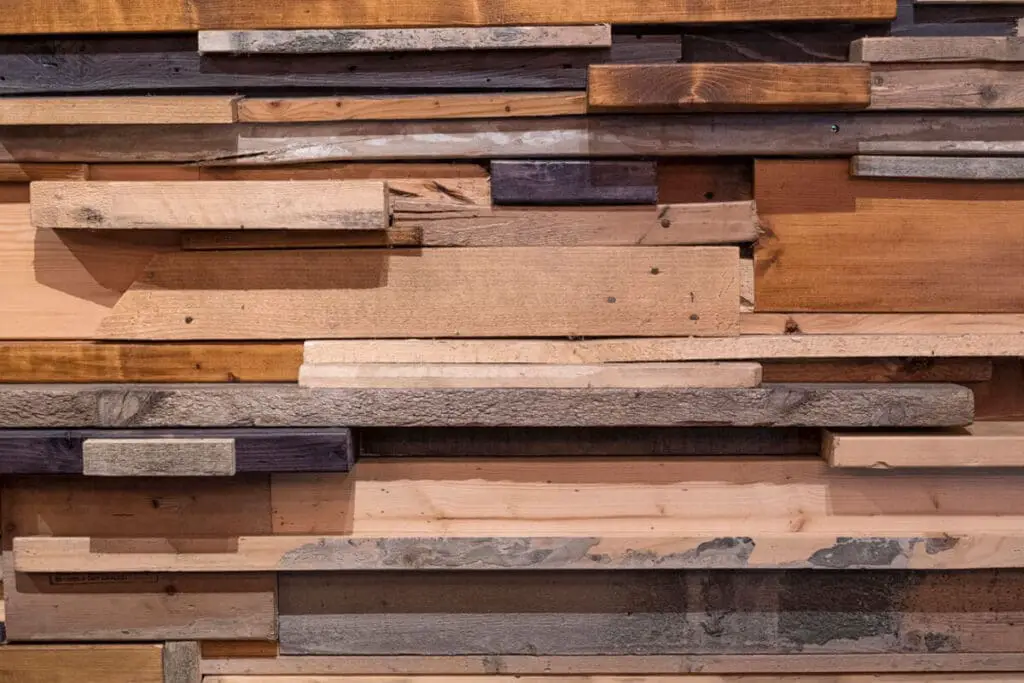
Overcoming common issues with reclaimed wood in furniture design requires careful consideration and specialized manufacturing skills. Here are some strategies to address the challenges associated with using reclaimed wood:
Source From Reputable Suppliers
Work with established and reputable suppliers who specialize in reclaimed wood. They can ensure the quality and authenticity of the wood, providing you with materials that have been appropriately salvaged and processed.
Thoroughly Inspect And Prepare The Wood
Before using reclaimed wood, carefully inspect it for signs of damage, pests, or excessive moisture. If necessary, treat the wood to eliminate any insects, fungi, or bacteria that may be present. Additionally, ensure the wood has been properly dried to an appropriate moisture content for furniture construction.
Plan For Tool And Joinery Challenges In Manufacturing
Due to the potential presence of metal or nails in reclaimed wood, it’s essential to use appropriate tools and take precautions to avoid damaging equipment or compromising joinery. Consider using specialized blades or drill bits designed for working with reclaimed wood, and take extra care when cutting or drilling.
Embrace The Uniqueness Of Reclaimed Wood
Reclaimed wood often comes in varying sizes, shapes, colors, and conditions. Instead of trying to force uniformity, embrace the natural charm and character of the wood. Incorporate its distinctive features into the design, making them focal points or highlighting their individuality.
Collaborate With Skilled Craftsmen And Designers
Working with experienced artisans and designers who have expertise in using reclaimed wood is invaluable. They can guide selecting the suitable wood for your project, advise on appropriate finishing techniques, and help overcome any challenges specific to the material.
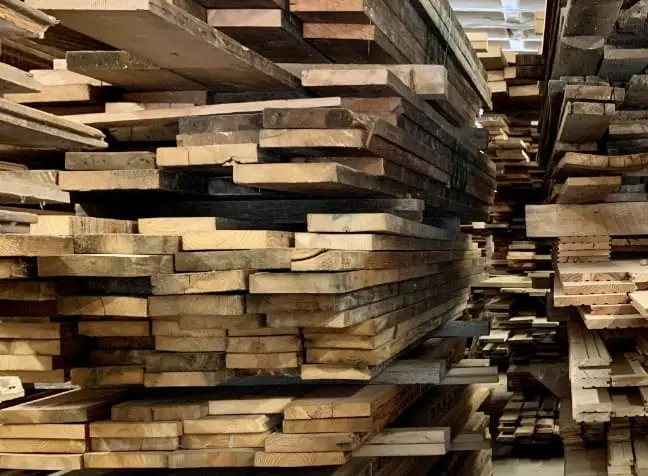
Maintain Regular Care And Maintenance
Reclaimed wood requires regular care and maintenance to preserve its beauty and longevity. Follow proper cleaning and maintenance practices experts recommend to ensure that your reclaimed wood furniture remains in optimal condition.
By implementing these strategies and working with knowledgeable professionals, you can navigate the challenges of using reclaimed wood in furniture design. Ultimately, the effort invested in overcoming these issues will result in beautiful, sustainable, and unique furniture pieces that showcase the true essence of reclaimed wood.
Mondoro, Your Trusted Name For Reclaimed Wood Manufacturing
Mondoro is a trusted name in producing reclaimed wood furniture, providing a reliable source for those seeking high-quality and reputable materials. Whether you are a retailer looking to furnish your space with sustainable and eye-catching furniture or a wholesaler building a collection of reclaimed wood pieces, Mondoro offers a solution that aligns with your needs.
At Mondoro, we understand the importance of responsible sourcing and craftsmanship regarding reclaimed wood furniture. Our commitment to sustainability is reflected in our meticulous selection process, ensuring that all the reclaimed wood used in our furniture meets the highest standards of quality and authenticity.
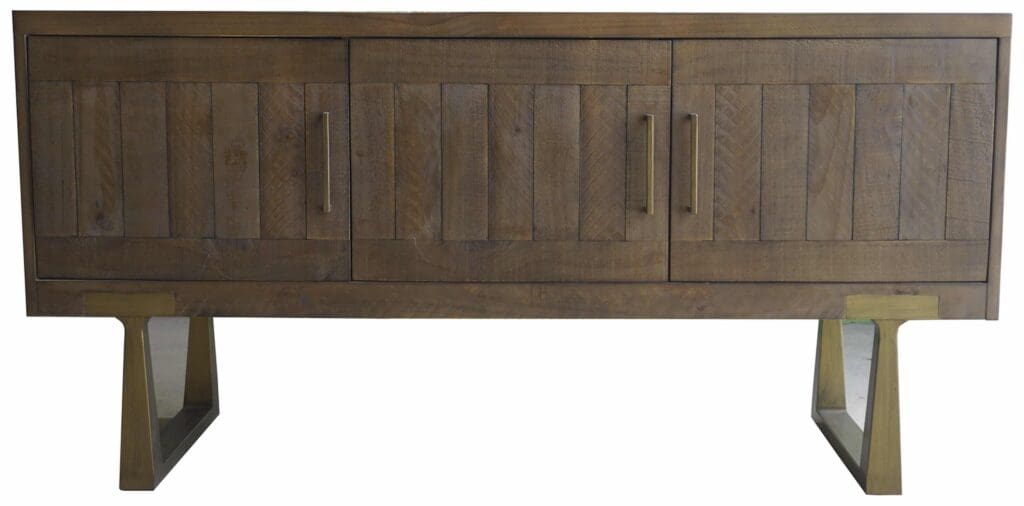
Focusing on preserving reclaimed wood’s unique character and history, our skilled artisans transform salvaged materials into exquisite furniture pieces.
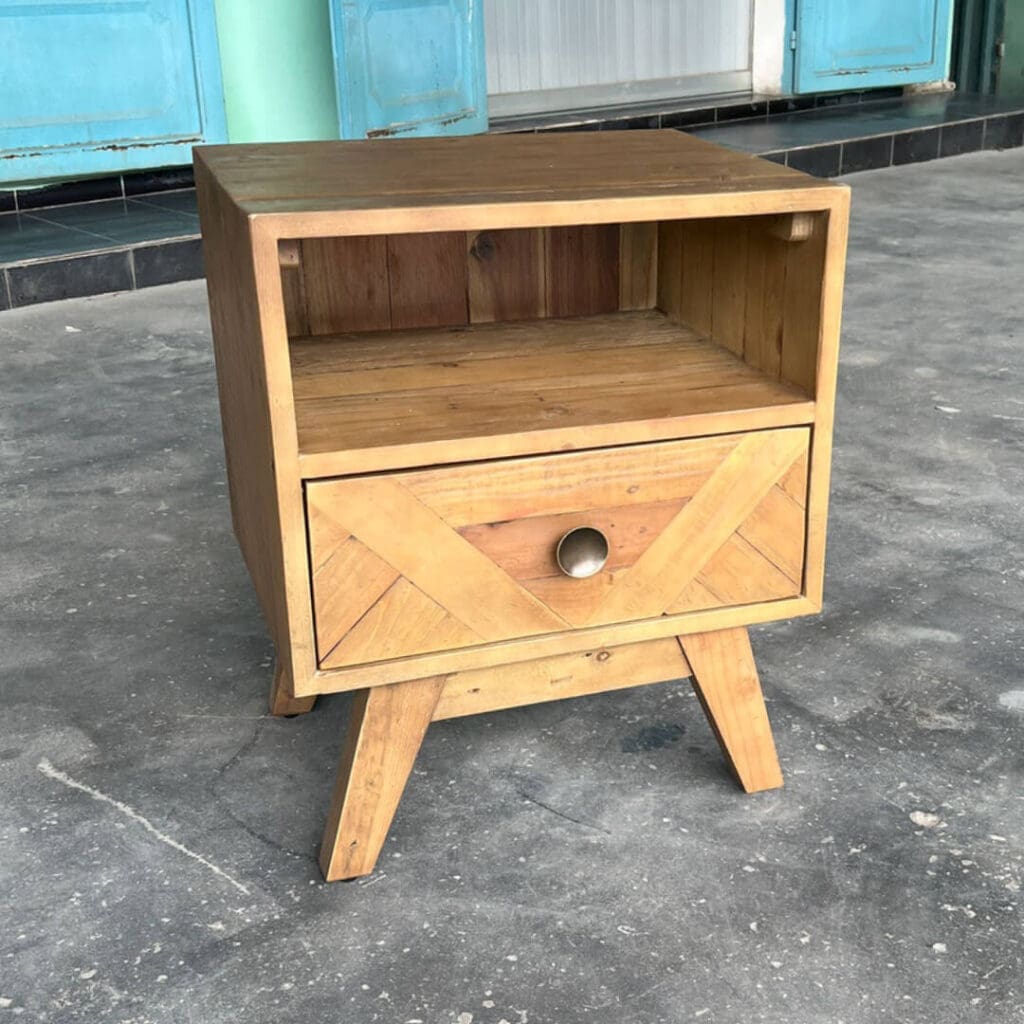
Each item is crafted precisely, showcasing the inherent beauty and craftsmanship found only in reclaimed wood.

Whether you are looking for rustic, industrial, or contemporary designs, Mondoro offers diverse furniture options to suit various styles and preferences. From dining tables and chairs to cabinets and beds, our collection encompasses a wide array of furniture pieces that can elevate any space with their charm and sustainability.
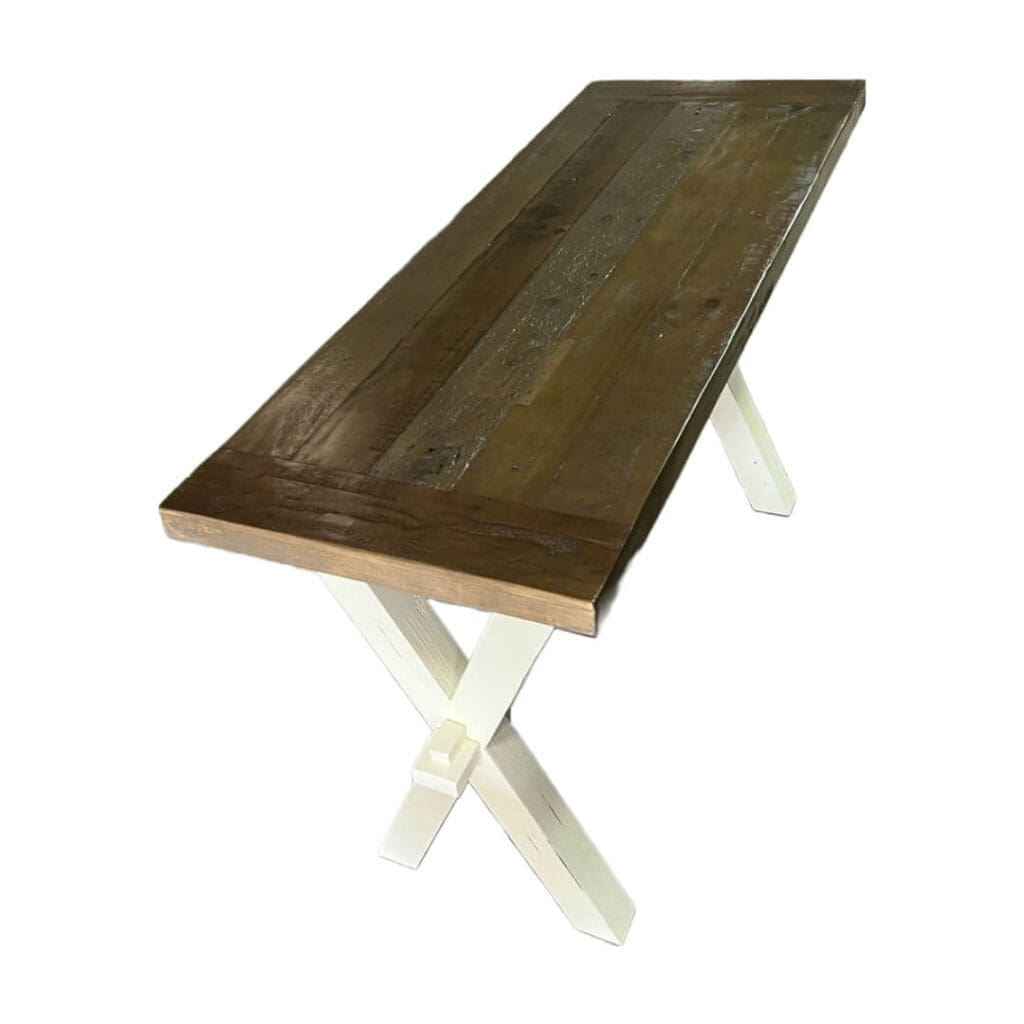
As a retailer or wholesaler, partnering with Mondoro provides access to a reputable source of reclaimed wood furniture. Our team is dedicated to delivering exceptional customer service, assisting you throughout the process, from selecting the right pieces to ensuring timely and reliable delivery.
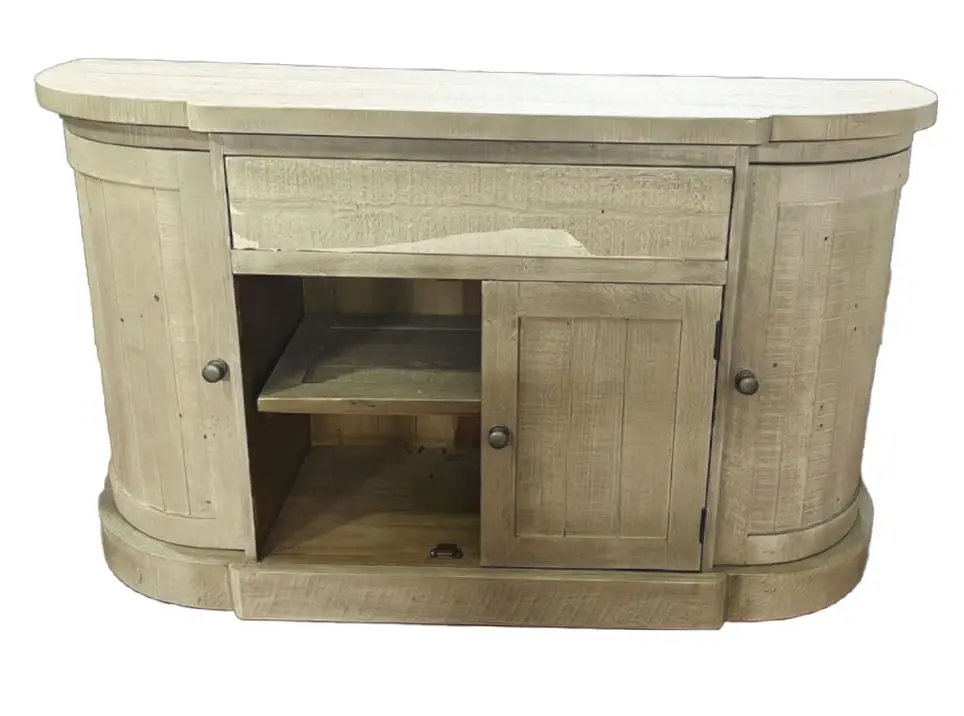
If you are searching for a reputable reclaimed wood source for your retail space or wholesale furniture collection, we invite you to contact Mondoro.
Our knowledgeable team will be delighted to discuss your requirements, answer any questions, and help you find the perfect reclaimed wood furniture solutions that align with your vision.
If you are looking for reclaimed wood or any wood products to manufacture in Asia, Mondoro would love to help you.
Find out more about how Mondoro can help you create, develop, and manufacture excellent home decor and furniture products – don’t hesitate to contact me, Anita. Check out my email by clicking here or become a part of our community and join our newsletter by clicking here.
Mondoro gives out a FREE Lookbook to anyone interested. You can receive a copy of our latest Lookbook by clicking here.
Listen to our Podcast called Global Trade Gal. You can find it on all major podcast platforms. Try out listening to one of our podcasts by clicking here.
Subscribe to our Mondoro Company Limited YouTube Channel with great videos and information by clicking here.
Related Content
How Do You Know If Your Outdoor Cushion Is A Quality Cushion?
By looking at several things, you will know if it is a quality cushion. The outdoor fabric should be specified for your outdoor furniture cushions. Sewing an outdoor cushion takes technical skills in cutting the cushion pattern and sewing. The cushion needs foam, a waterproof cover, and an outdoor fabric cushion.
To find out more and see the inside of a quality outdoor cushion, you can read our blog on A Guide to Sewing Your Outdoor Furniture Fabric Cushions by clicking here.
What is Outdoor Lightweight Concrete?
Outdoor lightweight concrete is mixed by using cement and coconut fiber dust. Coconut coir dust is a natural material made from coconut shells. As coconut shells are usually agricultural waste, it is considered an upcycled material. The lightweight concrete has strength and toughness and is relatively crack-free for various home decor and furniture products. It is used a lot in outdoor furniture tables.
By clicking here, you can learn more about reading our blog on Outdoor Lightweight Concrete Furniture, All You Need To Know.
What Is Solid Wood vs. Engineered Wood?
Solid wood is cut down from the tree, cut into wood boards, and used for manufacturing. On the other hand, engineered wood is considered manmade as it is usually manufactured with wood chips, wood shavings, and an adhesive. Today the manufacturing of engineered wood is extremely technical.
You can discover more by reading our blog All About Teak Wood And Outdod? by clicking here.

